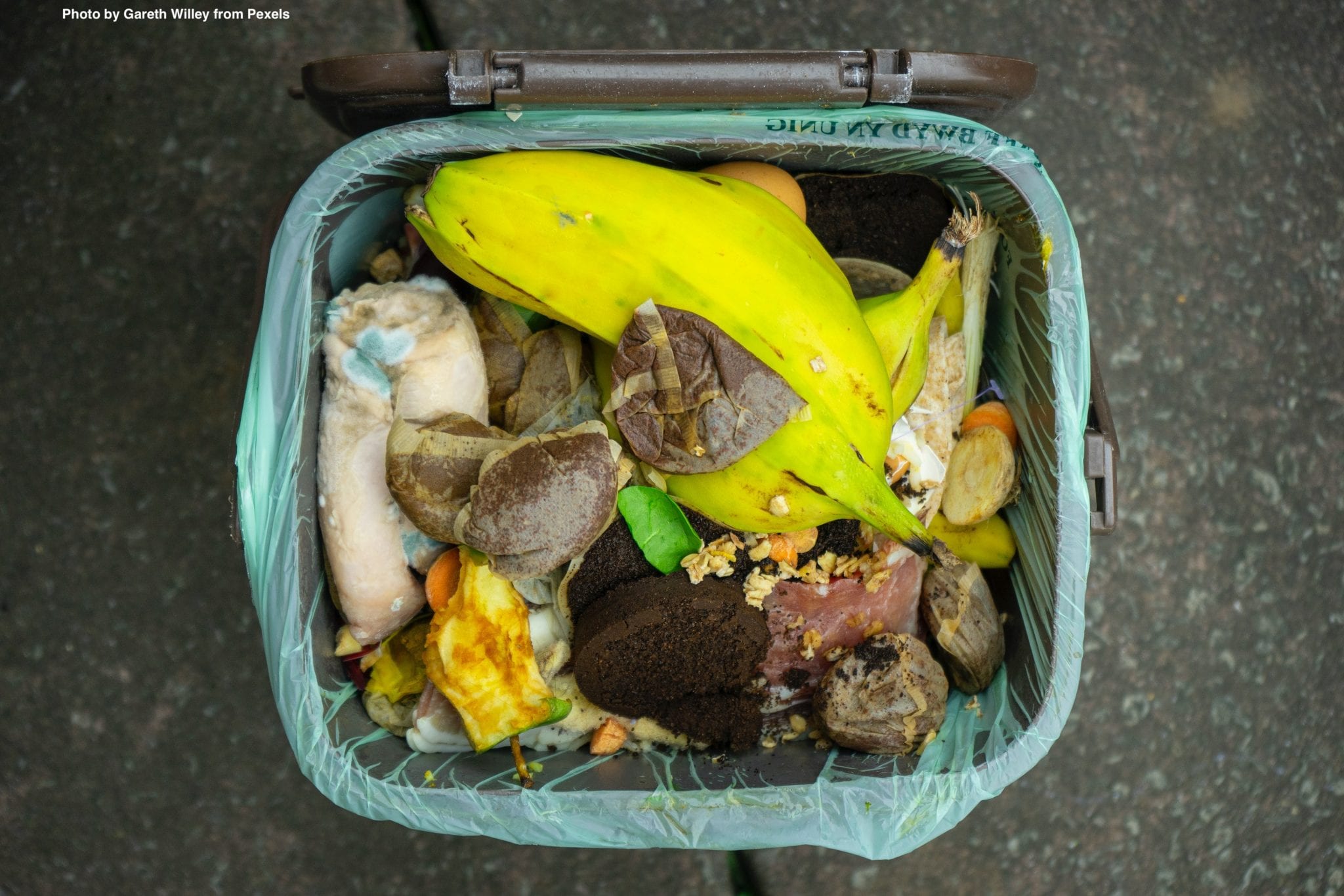Author: Christian Maino Vieytes, Doctoral Student, Division of Nutritional Sciences, University of Illinois at Urbana-Champaign.
Food is a delicacy and luxury that we all enjoy. Nonetheless, we must recognize that food can also be the source of particular hazards. We have explored in this blog the impact that food can have on chronic illnesses, like cardiovascular disease and cancer (1). However, acute hazards also exist with food. Food is an opportunistic and convenient vehicle for pathogenic (i.e., malicious) bacteria and viruses. You may have heard of the latest outbreak of salmonella or norovirus from a local restaurant. Often, the source of these outbreaks involves the mishandling of food. Though restaurants and cafeterias are the most common epicenters of outbreaks, we can take steps within the home to minimize our chance of developing foodborne illness (2). Let’s now explore some avenues through which malevolent microbes make their way into our food and make us ill.
The Centers for Disease Control (CDC) recommends a series of considerations to be wary of that can minimize the risk of food contamination and illness. The four phases and their components are (3):
-
Clean
Proper handwashing before handling food is imperative. Use soap and warm water for a total of 20 seconds of handwashing.
- Rinse and wash your fruits and vegetables with running water.
- Ensure all cooking materials and utensils are cleaned with warm water and dish soap before cooking.
-
Separate
- Not separating food is, perhaps, the most common factor that creates outbreaks: separating raw meats and poultry from freshly consumed items (fruits and vegetables) is crucial. Malevolent microbes live on the surfaces of those raw meat items and are easily transferred to produce.
-
Cook
- Cook animal-derived food products to their proper internal temperatures (it may be worth investing in a cooking thermometer):
- 145 o F: beef cuts, veal, pork, and lamb
- 160 o F: ground meats (excluding ground poultry)
- 165 o F: poultry (including ground varieties)
- 145 o F: raw ham
- 145 o F: most seafood cuts
- Cook animal-derived food products to their proper internal temperatures (it may be worth investing in a cooking thermometer):
-
Cool
- Perishable foods should be refrigerated within 2 hours and kept cool in a refrigerator set at less than 40 o F.
- Thaw frozen food items using cool water or a microwave and thaw food products on the counter, especially for more than 2 hours.
Food Waste
What we do with our food scraps is another critical subject that has come to light. Food waste is a societal and global issue occurring at several stages of the food supply chain (5). About a quarter of all food produced for human consumption is wasted somewhere along this food production supply chain (4). However, the home has been identified as a critical stage where food waste mitigation takes place. The implications of the food waste problem we face are massive: climate change due to greenhouse gas emissions and resource wastefulness are among the chief issues related to food waste’s increasing burden. At the household level, less food waste translates directly to financial savings.
How can we minimize our family and home food waste?
The United States Environmental Protection Agency (EPA) provides a bounty of guidelines for minimizing food waste in the home. In a concise manner, they can be summarized by the following major points that outline four components of food waste mitigation: planning, storage, prep, and thriftiness.
- Planning: Make a list! Planning your meals for the week and before any trip to the grocery store is essential. Also, be aware of the foods in your refrigerator and pantry before visiting the store to avoid double purchasing of foods.
- Storage: Ensure that fruits and vegetables are stored in the refrigerator. Moreover, freezing produce may be a great way to preserve these foods for the long term. This approach can be applied to items such as bread and meats.
- Prep: Prepare and use perishable foods shortly after their purchase to ensure that they are used. Consider promptly freezing foods that will not be consumed.
- Thriftiness: Several ideas come to mind for this component. Prioritize the foods that are in our refrigerators (eating those leftovers before they spoil and before you cook food for the next time!). Prep only the amount of food that we anticipate will be consumed. Understand expiration dates (including sell-by dates and best-by dates) are all examples of being thrifty.
Summary
Food safety and food waste pose ramifications to society and the globe outside of our home. Nevertheless, we examined the home’s role and the steps essential to curbing foodborne illness and minimizing the global food waste issue. Though we may feel there is much out of our control, there is always great power wielded at the individual and household level to combat these larger issues.
References
- Borchers A, Teuber SS, Keen CL, Gershwin ME. Food Safety. Clin Rev Allergy Immunol. 2010 Oct;39(2):95–141.
- Redmond EC, Griffith CJ. Consumer Food Handling in the Home: A Review of Food Safety Studies. J Food Prot. 2003 Jan 1;66(1):130–61.
- Four Steps to Food Safety: Clean, Separate, Cook, Chill. Cent Dis Control CDC [Internet]. Available from: https://www.cdc.gov/foodsafety/keep-food-safe.html
- Stancu V, Haugaard P, Lähteenmäki L. Determinants of consumer food waste behaviour: Two routes to food waste. Appetite. 2016 Jan;96:7–17.
- Schanes K, Dobernig K, Gözet B. Food waste matters – A systematic review of household food waste practices and their policy implications. J Clean Prod. 2018 May;182:978–91.
Photo by Gareth Willey from Pexels













